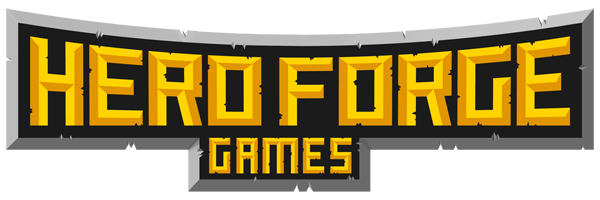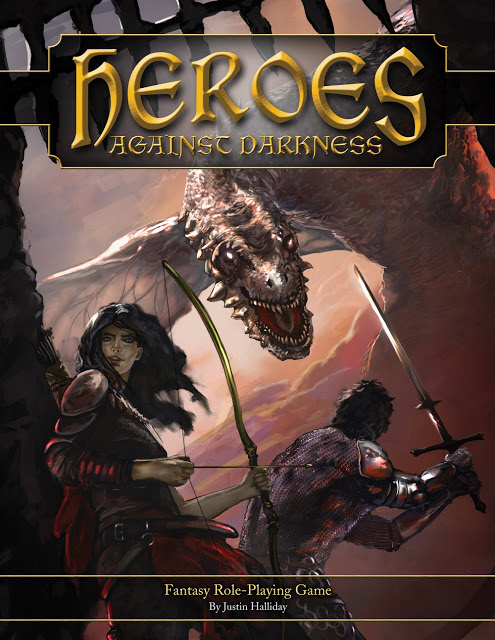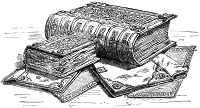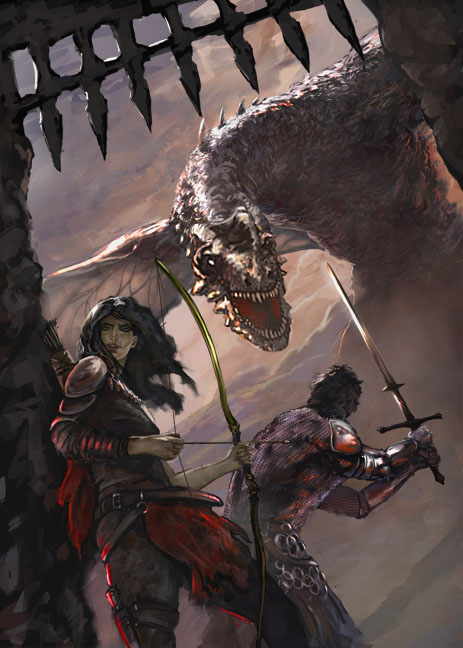Heroes Against Darkness Version 1.0 Released!
The major changes and updates for this revision are:
• Changed Stabilize to be a major action, not a full action
• Changed opposed movement to be a major action, not a move action
• Rewrote Introduction and Character Creation intro
• Updated character sheet
• Updated character creation instructions
• New art for races
• Added Smack It Off power for some monsters
• Added Shake It Off by default for all monsters
• Edit pass over entire document (kill me)
• New cover art, take that!
• Clarified that magic doesn’t stack on Attacks/Defenses
• Fixed Divine Strike anima cost
• Changed immobilized condition to be –2 to Defenses
• Clarified rogues’ Backstab Attack power
• Added ghouls, kobolds and lich to Beasts & Bastards
• Adjusted several necromancer spells to have X costs
• Clarified that allies are other creatures, not the character
• Added swooshy thing at the top of all pages
• Updated monster art
• Added cover art page
• Split Acknowledgements from Art Credits
• Moved Combat and Role-Playing Encounter sections
Check out Heroes Against Darkness over at the downloads page: Heroes Against Darkness – Game Rules.




